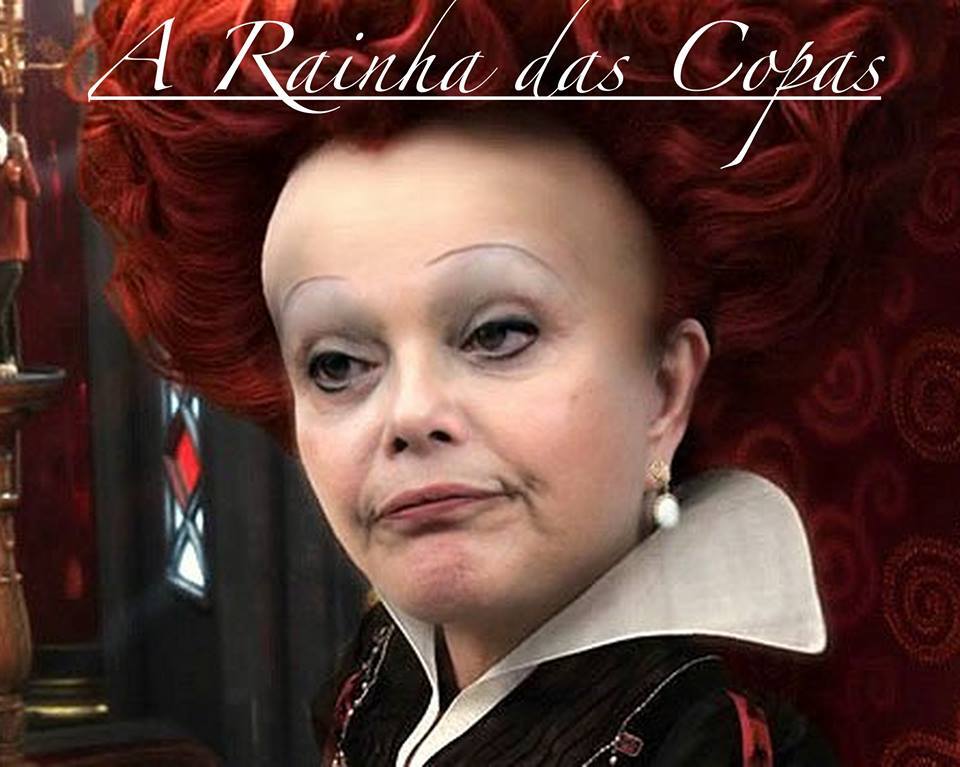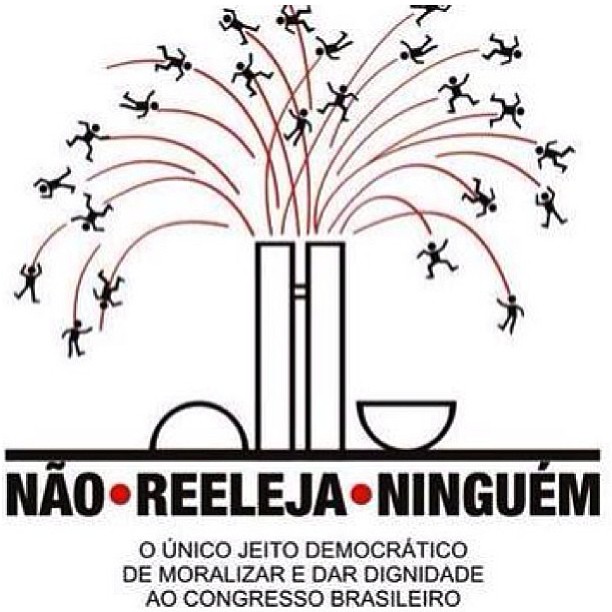Projecting Tomorrow: An Interview with James Chapman and Nicholas J. Cull (Part Three)
/
Henry: War of the Worlds is an interesting case study of the ways that the Cold War impacted science fiction, especially because we can draw clear comparisons to what the story meant at the time Wells wrote it and about the ways Steven Spielberg re-imagined it in the wake of 9/11. So, what do these comparisons suggest about the specificity of the discourse on alien invasion in 1950s America?
James: Wells's novel is an invasion narrative with allegorical overtones - it shows a complacent imperial superpower what it might feel like to be on the receiving end of violent colonization by a technologically superior enemy. It's a story that has been mobilised at times of geopolitical tension: Orson Welles's (in)famous radio broadcast of 1938 came immediately after the Munich Agreement, the 1953 film was made at the height of the Cold War, and, as you say, the 2005 Spielberg film reconfigured the basic story in the context of the War on Terror.
We use the 1953 film, produced by George Pal, as the focus of our case study. This is a case where my understanding of the film was really enhanced by doing the archival research. The archive reveals two particular points of interest. The first is the extent to which the film emphasized Christianity. Now, Wells was an atheist, and the book includes a very unsympathetic charactrization of a Church of England cleric who is both deranged and a coward. In the film, however, Pastor Collins becomes a heroic character, who dies while trying to make peace with the invaders, while the resolution - in which the Martians are eventually destroyed by the common cold bug - is specifically attributed to Divine intervention.
The various treatments and scripts in the Paramount archives show how this element was built up in successive drafts. This is consistent with American Cold War propaganda, which equated the United States with Christianity in opposition to the godless Communists. So, this aspect of the production locates the film of War of the Worlds in the context of US Cold War propaganda, and might prompt us to compare it to other 1950s alien-invasion films such as Invaders from Mars or The Thing.
However, the other point which came out from the archival research, was that the Pentagon, which liaised with Hollywood in providing stock footage and military personnel, refused to co-operate with this particular film. The reason they advanced was that the film showed the US military as unable to repel an alien (for which read Communist) invasion. In the film even the atom bomb is ineffective against the Martians. The Pentagon wasn't happy about this aspect of the film and refused to co-operate. Instead Paramount had to turn to the Arizona National Guard! So, in this regard, the film is not quite the 'official' Cold War propaganda that I had thought - and it was only researching the production history that revealed this aspecy of the film.
Henry: Stanley Kubrick is currently being celebrated by an exhibition at the LACMA and he remains a figure who has enormous cultural prestige even now, yet in the case of several of his films, including 2001: A Space Odyssey, A Clockwork Orange, and A.I. (which was made by Spielberg after his death), he worked in SF which has struggled for cultural legitimacy. How might we understand the status attached to these films, given the tendency of critics to otherwise dismiss SF films as brainless entertainment?
James: Again this is an example of how the archive illuminates our understanding of the films. The origin of 2001 was Kubrick's desire to make "the proverbially 'really good' science fiction movie" - to which end he invited Arthur C. Clarke to collaborate on the project. Having Clarke on board attached a degree of cultural prestige - like H.G. Wells before he was a well-known author, but also one whose work had a strong scientific basis (the 'science' aspect of science fiction, if you like). It was another case of a problematic relationship between a film-maker and an SF author, as they ended up with rather different ambitions for the film. But I don't think that Kubrick was all that bothered about the low cultural status attached to science fiction. For Kubrick 2001 was really an exploration of existential themes that just happened to be an SF movie. Incidentally, it was while doing the research for 2001, during the course of which he read hundreds of books and articles about science, technology and space travel, that Kubrick came across the article that prompted his interest in 'A.I.' - or Artificial Intelligence.
Henry: You provide some rich insights into the ways that Civil Rights era discourses shaped the making of the Planet of the Apes film series. To what degree do you see the recent remakes of these films retaining or moving away from these themes as they try to make these stories relevant for contemporary viewers?
James: This is a case of how SF responds to the social and political contexts in which it is produced. The first Planet of the Apes in 1968 was quite explicitly about the Civil Rights movement and the relationships between different ethnic groups, if you like, which draws a clear parallel between race and socio-economic status. And the later films in the series, especially Conquest of the Planet of the Apes, make this theme even more explicit. But race doesn't seem quite such an important theme in the more recent films. That's not to say that the issue is no longer important, but rather that the film-makers are now responding to a different set of concerns. I enjoyed Rise of the Planet of the Apes - it's a sort of 'alternative history' of the Apes films - though I didn't feel that it had quite the same polemical edge as the original film series between 1968 and 1973.
Nick: My sense was that the 2011 reboot Rise of the Planet of the Apes was hitting slightly different marks, especially issues around the ethics of bioengineering, and a warning against exploitation whether on class or race lines is still apposite. The Tim Burton take in 2001 seemed rather more in the line of a tribute than a piece with something to say about its own times except ‘we’re running low on ideas.’
Henry: You have no doubt seen the announcement of plans to begin production on a new set of Star Wars films, now that George Lucas is handing over the control of his empire to a new generation of filmmakers. Your analysis of Star Wars explores the ways that Lucas built this saga as much on borrowings of other films and on the core structures of myths and fairy stories rather than on any speculation about real world concerns. He would have described this project as one designed to create “timeless” entertainment. To what degree do you see Star Wars as of its time and to what degree does returning to the franchise now require some fundamental rethinking of its core premises?
Nick: The initial success of Star Wars was absolutely of its time – America was tired of cynicism, Vietnam, Watergate and so forth and looking to escape back to innocence. Lucas gave them their cinematic past in pastiche form and a moral and redemptive message. While I think Lucas intended his own revisiting of the saga in the prequel trilogy to make new points about the vulnerability of democracy and a noble individual to corruption, the new films were really more about Star Wars than anything else. Their performance was not tied to their suitability for the moment in which they appeared but rather the quality (or otherwise) of the effects and story. I think the saga is a powerful enough property to generate into own bubble of relevance which is a kind of timelessness at least as long as people remember enjoying the films. Star Wars has created its own reality and obscured its own source material. Storm Trooper means Star Wars not Nazi Germany to most Americans under fifty.
James: I'd suggest that most, if not all, film genres eventually become self-referential. The main points of reference for the original Star Wars were other movies - as Nick's chapter so brilliantly brings out. For the prequel films the points of reference were not so much other movies as previous Star Wars movies - they feed upon our own memories of Star Wars.
Henry: You describe Lucas as struggling consciously with the racial politics of the adventure genre titles that inform his project, making a series of compromises across the development of the original film in terms of its treatment of race and gender. How do these behind-the-scenes stories help us to understand the ongoing controversy around how Star Wars deals with race and gender?
Nick: I was startled by the extent to which Lucas initially saw Star Wars as a way to get progressive ideas about diversity before an audience. He toyed with the idea of an all Japanese cast, a black Han Solo and a Eurasian Princess Leia (which would have made his later twin sub plot a harder sell) but backed away from these ideas as production got underway. He said he couldn’t make Star Wars and Guess Who’s Coming to Dinner at the same time. His aliens became a device through which he could still have ‘fun’ with difference and notions of the exotic or the savage without worrying about disgruntled Sand People or Wookies picketing Mann’s Chinese Theatre on opening night. I think it is correct to ask questions about the racial politics of Star Wars not so much to question whether George Lucas is a bigot (which I do not think he is) but rather to use Star Wars as a mirror to a society that plainly has mixed feelings about diversity and female empowerment.
Henry: Robocop is another of your case study films which is undergoing a remake at the current time. You link the original to debates around big business and the current state of urban America under the Reagan administration. What aspects of this story do you think remains relevant in the era of Occupy Wall Street and the Tea Party?
Nick: I certainly do see RoboCop as one of the great movies editorializing on business in the 1980s – right up there with Wall Street. I’ll be fascinated to see how the new RoboCop tackles these subjects. Certainly corporate ethics and privatization remain live issues. It was always interesting to me that RoboCop still needed to imagine that the #1 guy at the corporation was good. I wonder if that will still be the case. Of course RoboCop is an anti-corporate allegory told by a corporation, so they will probably fudge the issue and not have Murphy marching into Congress and demanding the reinstatement of the Glass Stiegel Act or restraints on Wall Street.
Henry: You end the book with a comparison between Science Fiction Cinema and television. So, what do you see as the most important differences in the ways that the genre has fared on the small screen? If you were writing this book on science fiction television, which programs would yield the richest analysis and why?
Nick: There is a symbiotic relationship between SF film and TV. A number of the films we look at can be seen as outgrowths of TV – Quatermass is the most obvious; some use TV expertise – like 2001: A Space Odyssey; some have leant their technology to TV; many have TV spin-offs or imitators – Logan’s Run and Planet of the Apes are cases in point. I think TV tends by its nature to bring everything home, turning everything into a cyclical family drama, whereas film tends to stretch everything to the horizon and emphasize linearity and personal transformation. Both approaches have strengths and weaknesses for SF subjects. I think that there is an intimacy of engagement possible for the audience of a television show which is much harder to create with a one-off film.
As you’ve documented, Henry, at its best television becomes truly imbedded in people’s lives. This is the power of Star Trek or Doctor Who. James and I have both written about Doctor Who elsewhere and there is more to be said. I’ve written a little about the television programs of Gerry Anderson, Thunderbirds and so forth, which have been underserved in the literature thus far. I am fascinated by the imagined future in Anderson’s output, with global governance and institutions: post war optimism traced to the horizon.
James: It's a fascinating question - and one where technological change is important. I'd suggest that in the early days of TV - when most drama was produced live in the studio - TV had the edge over film because the technological limitations meant that it had to focus on ideas and characterization. Hence The Quatermass Experiment and its sequels, arguably, work better on TV than in their cinema remakes. There's also a symbiosis between the form of SF literature and early TV.
Until the mid-twentieth century much of the best SF literature was in the form of short stories rather than novels - this transferred very easily to SF anthology series such as The Twilight Zone and The Outer Limits. That's not a form of TV drama we have today. Since c.2000, however, there's been a vast technological and aesthetic change in the style of TV science fiction. One of the consequences of digital technology in both the film and TV industries has been to blur the distinction between the two media. A lot of TV today looks like film - and vice versa. Certainly TV science fiction has become more 'cinematic' - look at the revisioning of Battlestar Galactica or the new Doctor Who. The visual effects are as good as cinema, while the TV series have adopted the strategy of 'story arcs' that lends them an epic dimension - like the longer stories you can tell in film.
Nick mentions that we've both written, independently, on Doctor Who, and there's certainly more to be said there - and with its spin-offs Torchwood and The Sarah Jane Adventures. It works both as a narrative of British power and as an exploration of Anglo-American relations - themes we cover in the SF Cinema book. I don't know whether we'll go on to write a companion volume on US and UK television science fiction, but if we do there's plenty of scope. The Twilight Zone is a key text, certainly, not least because it employed a number of SF authors to write scripts. The Invaders is an interesting riff on the invasion narrative, a 1950s Cold War paranoia text but made in the 1960s. V is a cult classic - paranoia reconfigured for the 1980s.
In Britain series such as Survivors and Blake's 7 demonstrate again a very dystopian vision of the future. There were also faithful, authentic adaptations of SF literature like The Day of the Triffids and The Invisible Man in the 1980s. Back in the US, series like The Six Million Dollar Man, The Bionic Woman and The Incredible Hulk clearly have things to say about the relationship between science and humanity. I've already mentioned Battlestar Galactica but there are plenty of other examples too: Space: Above and Beyond, Farscape, Firefly, the various Star Trek spin offs. That's the beauty of science fiction - the universe is infinite!
For those who would like to read what Chapman and Cull have had to say about Doctor Who, Here you go:
Nick Cull, 'Bigger on the Inside: Doctor Who as British cultural history.' For Graham Roberts and Philip M. Taylor (eds.), The Historian, Television and Television History (University of Luton Press, 2001), pp. 95-111
Nick Cull. ‘Tardis at the OK Coral,’ in John R. Cook and Peter Wright (eds), British Science Fiction Television: A Hitchhiker’s Guide, (London, I. B. Tauris, 2006), pp. 52-70
Chapman's WhoWatching blog: http://whowatching.wordpress.
Nick Cull is professor of communication at University of Southern California. He is a historian whose research focuses on the interface between politics and the mass media. In addition to well-known books on the history of propaganda he has published widely on popular cinema and television including shorter pieces on Doctor Who, Gerry Anderson and The Exorcist.
James Chapman is professor of film at University of Leicester in the UK. He is a historian who has specialized in popular film and television. His work has included book length studies of James Bond, Doctor Who, British Adventure Serials, British Comic Books and British propaganda in the Second World War. His previous collaboration with Nick Cull was a book on Imperialism in US and British popular cinema.






































